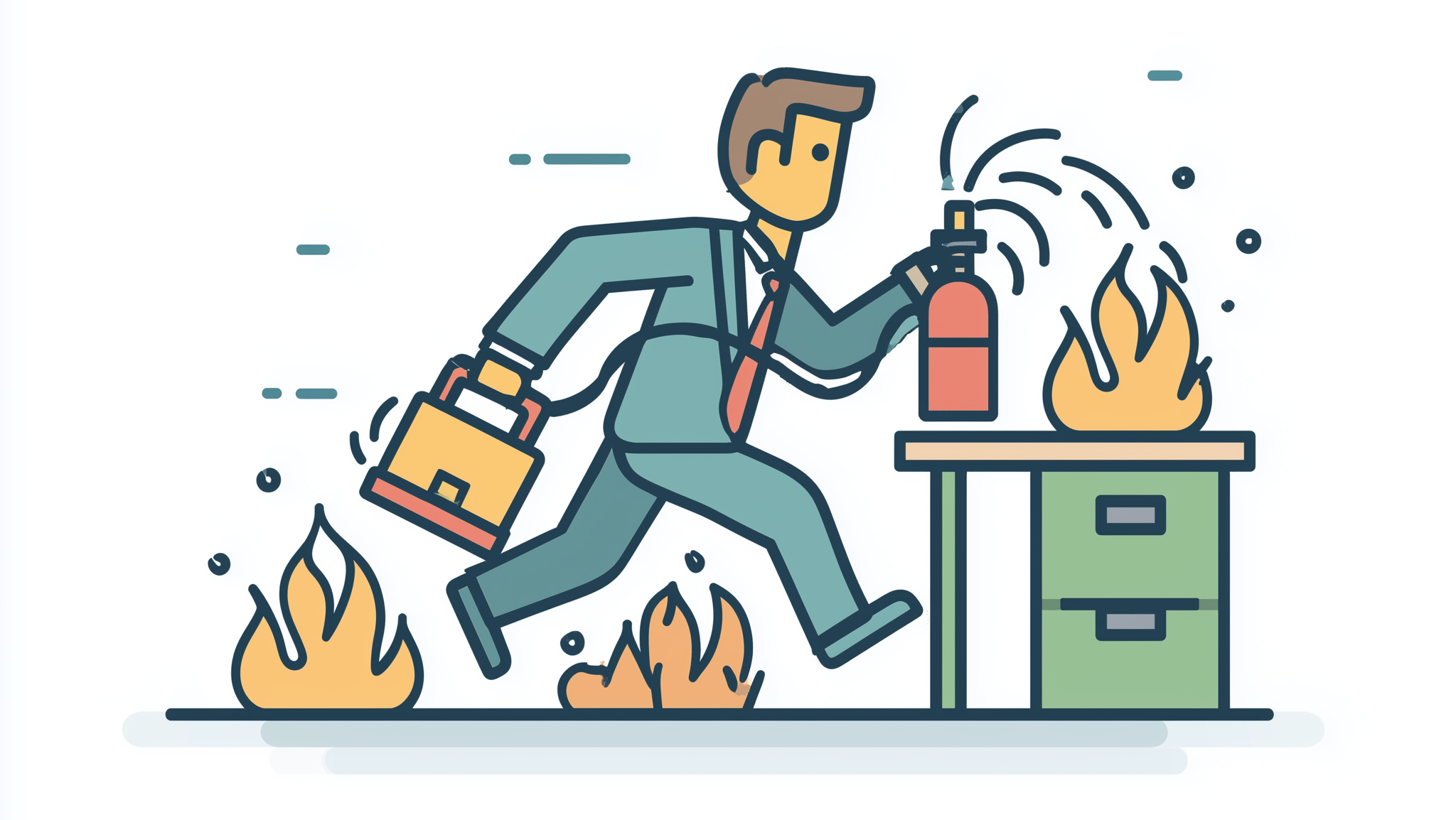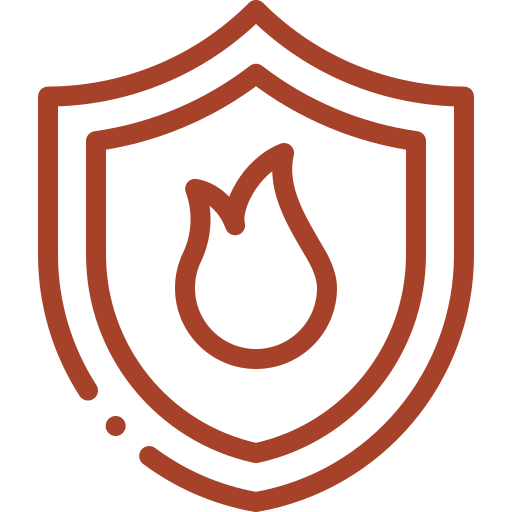No time for structure?
Why "firefighting mode" is the most expensive problem in your company.
You’re sitting at your desk. The first coffee is steaming, but the calm is deceptive. Your calendar is a battlefield, your inbox is a ticking time bomb and your team is jumping from one emergency to the next. You’re no longer an entrepreneur, you’re the top firefighter. You’re putting out fires instead of building visions. And as you run, you quietly ask yourself: “How did I end up here?”

If this sounds familiar, you’re not alone. Firefighting mode is the secret disease of many growing B2B SaaS companies. It feels like full commitment, like “We’re going for it!”.
In truth, it is the most expensive problem you have. It not only costs you nerves, but also customers, margins and your best people.
Let’s talk plainly: Stress is not the problem. It’s just the symptom. The real problem is a lack of structure. And the good news is: you can change that.
The anatomy of fire - How to recognize the mode
Firefighting mode is more than just stress. It is a system – or rather, an anti-system. Recognize it by these symptoms:
Your day is dictated from the outside. Urgent customer inquiries, escalated tickets and internal emergencies determine your agenda. Strategic work? Takes place after 8 pm, if at all.
Your team is solving the same problem today as last week. Why? Because the root cause was never addressed. There was no time for a clean handover, a clear playbook or a sustainable solution.
Every important decision lands on your desk. Your team waits for your approval because responsibility is not clearly distributed. You are the hero and at the same time the biggest brake.
Your best people are no longer creative, they are just busy. They work hard but don’t see any real progress. That’s the quickest way to demotivate and lose talent.
The true cost of chaos - what you really pay

- Churn due to neglect: While you are putting out fires with problem customers, your good, loyal customers feel neglected. They don’t quit loudly, they leave quietly.
- Lost efficiency: Your team spends countless hours duplicating work, misunderstandings and searching for information. This time is wasted on innovation and value-adding work.
- Restrained growth: You can’t scale if every new customer means more chaos. Your system collapses under the load before it can even grow properly. It’s like trying to accelerate with the handbrake on.
The exit - 3 steps that can be implemented immediately
You can’t escape firefighting mode with a single, big shot. You can escape it by taking small, consistent steps that provide immediate relief.
Weekly "fire prevention meeting"
No status update! Maximum 15 minutes.
A clear agenda:
- Which problem cost us the most time this week?
- What’s the one small step to stop it next week?
- Who is responsible for this?
This meeting forces you to move from fighting symptoms to fighting causes.
Create your first mini playbook
Take the most painful process (e.g. the handover from sales to onboarding) and write down the 5 most important steps that must always be followed.
Who does what? What is handed over?
This is not bureaucracy, this is your insurance against chaos.
Define and communicate responsibilities
Make a simple list:
Who is the final decision-maker for product roadmap, customer escalations, onboarding completion?
This clarity alone takes 80% of the friction out of the system because your team no longer has to guess who is responsible.
Conclusion
You will never “have time” for structure.
You have to take it.
Not when it gets quieter. But so that it becomes calmer.
Every step out of firefighting mode is an investment in the future of your company, your team and your own mental health.
Stop putting out fires. Start building a system that works.
What is your first step? Take it now.


